Art Concept: Line is an important element of design. Lines can be dark/light, thick/thin, blurred/exact, or broken/continuous. Even simple lines can show movement, define objects, tell stories, show texture and be beautiful or interesting.
Books: Norman the Doorman by Don Freeman tells about a mouse who makes a wire sculpture. Or Harold and the Purple Crayon.
Yarn Painting (using thick and thin yarn as lines to “draw” an object or face).
Contour drawing of a face or object such as an apple or shoe. (This means a smooth, continuous line that only shows the outline of a thing.)
Wire Sculpture (Calder-like). Cardboard with a hole poked through it or Styrofoam blocks can be used to anchor the wire.
Write and illustrate a short book where the main character is a line. Choose a topic like going off the diving board or the first day of school so that the line can practice showing different emotions and/or movements.
Do cave paintings. Offer a large sheet of butcher paper and have the children paint on animals, warriors, etc. with their hands.
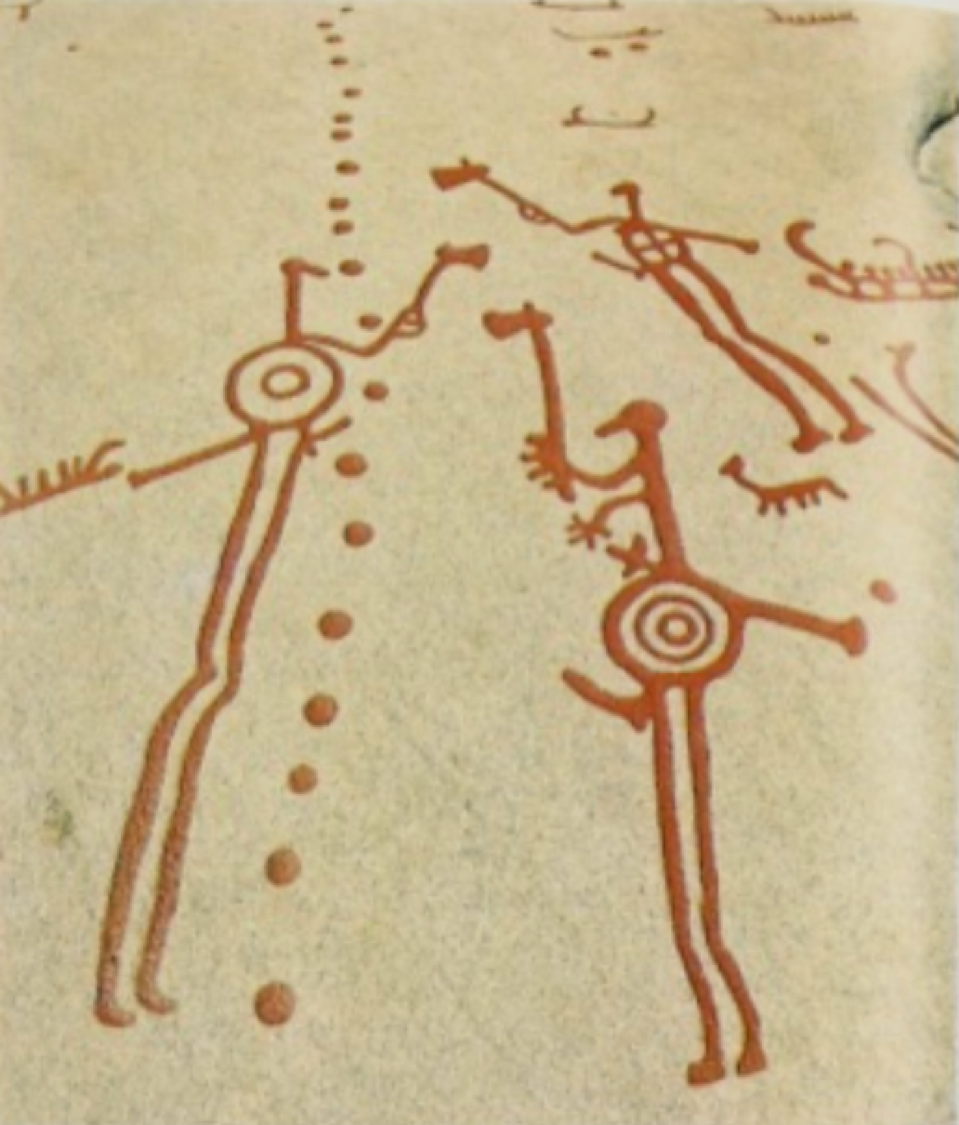
Swedish Hieroglyphics.
Line telling story and creating design.

Subway Drawing, Keith Haring (American), 1983.
Line showing action, just for fun.
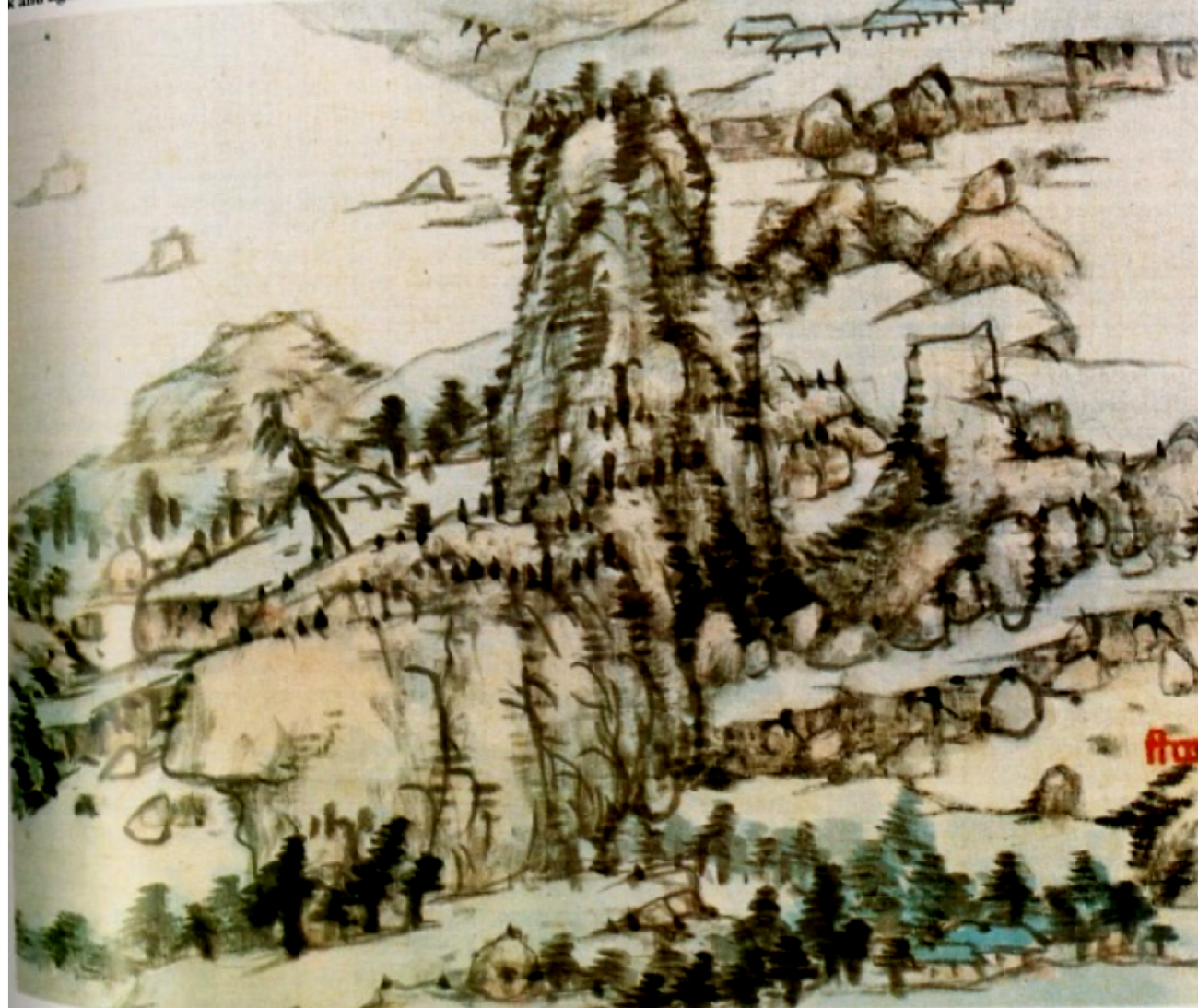 Waterfall on Mount Lu, Shih T'ao (1630-1707). Line as Texture.
Waterfall on Mount Lu, Shih T'ao (1630-1707). Line as Texture.
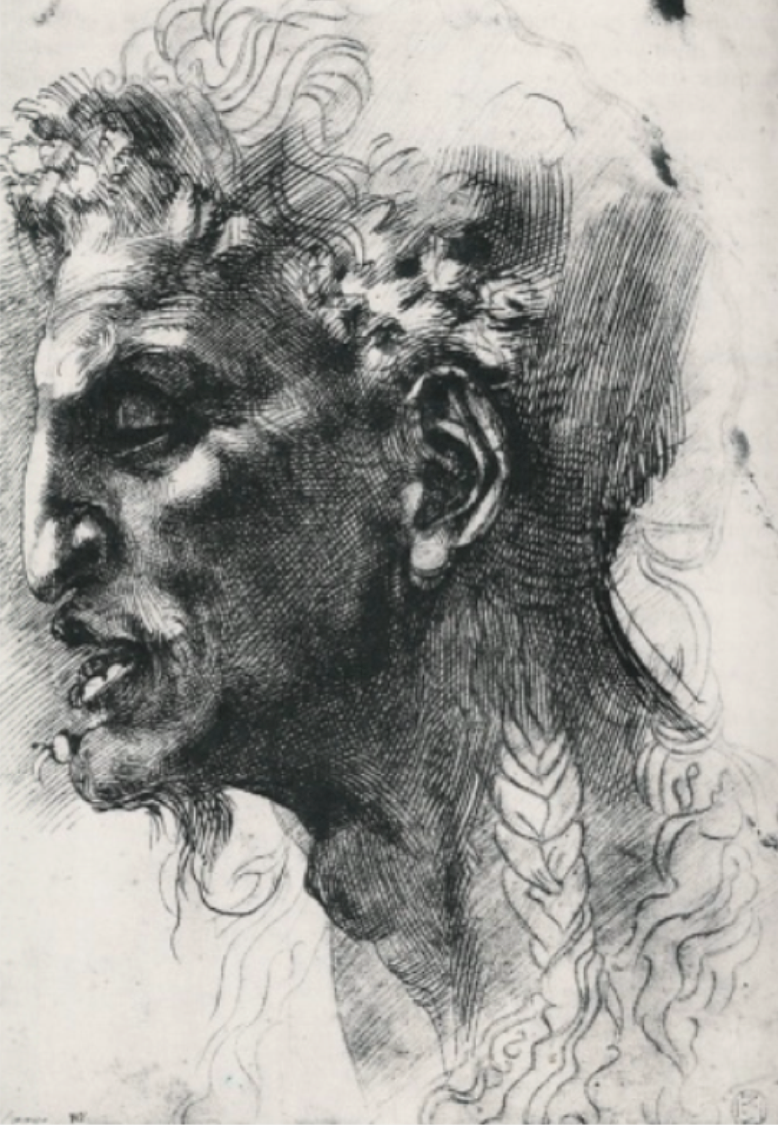
Head of Satyr, Michelangelo, 1600.
Line shows shape and form and texture.
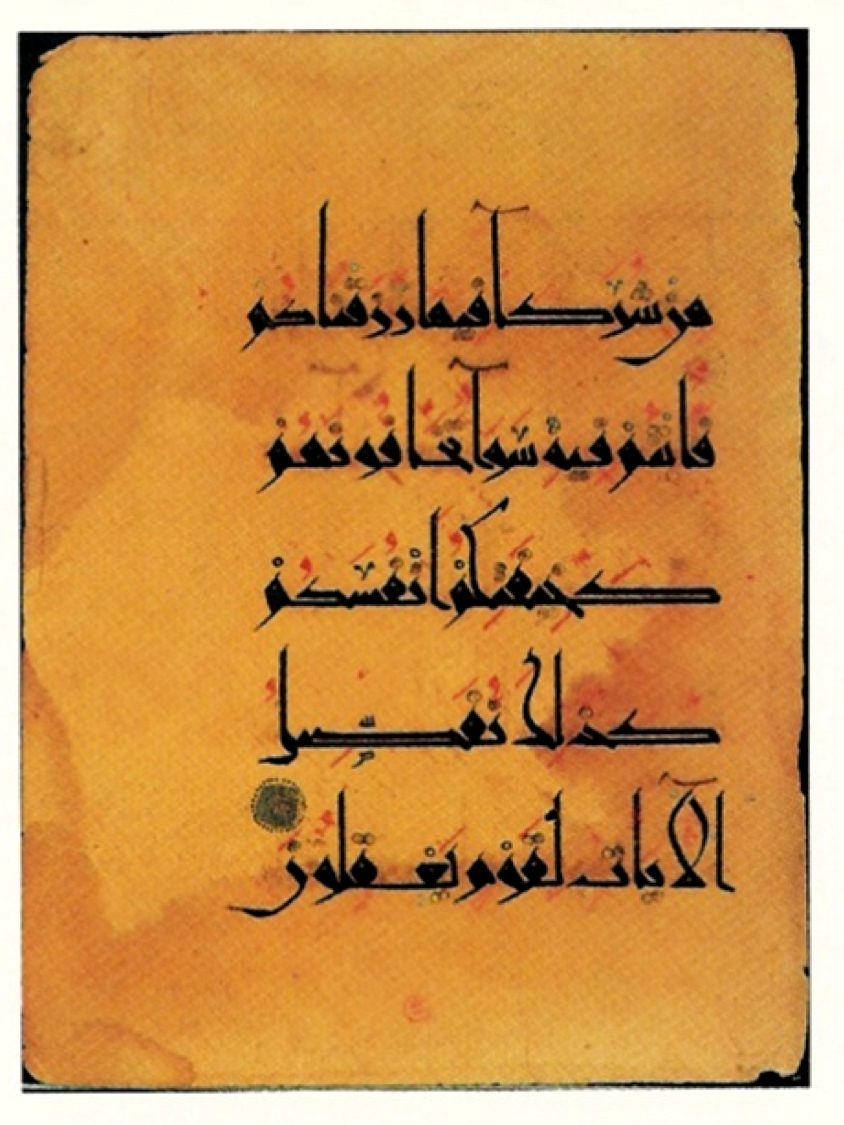
Koran from Persia 11th C. Where images are not allowed, writing (line) can sometimes become the artform.
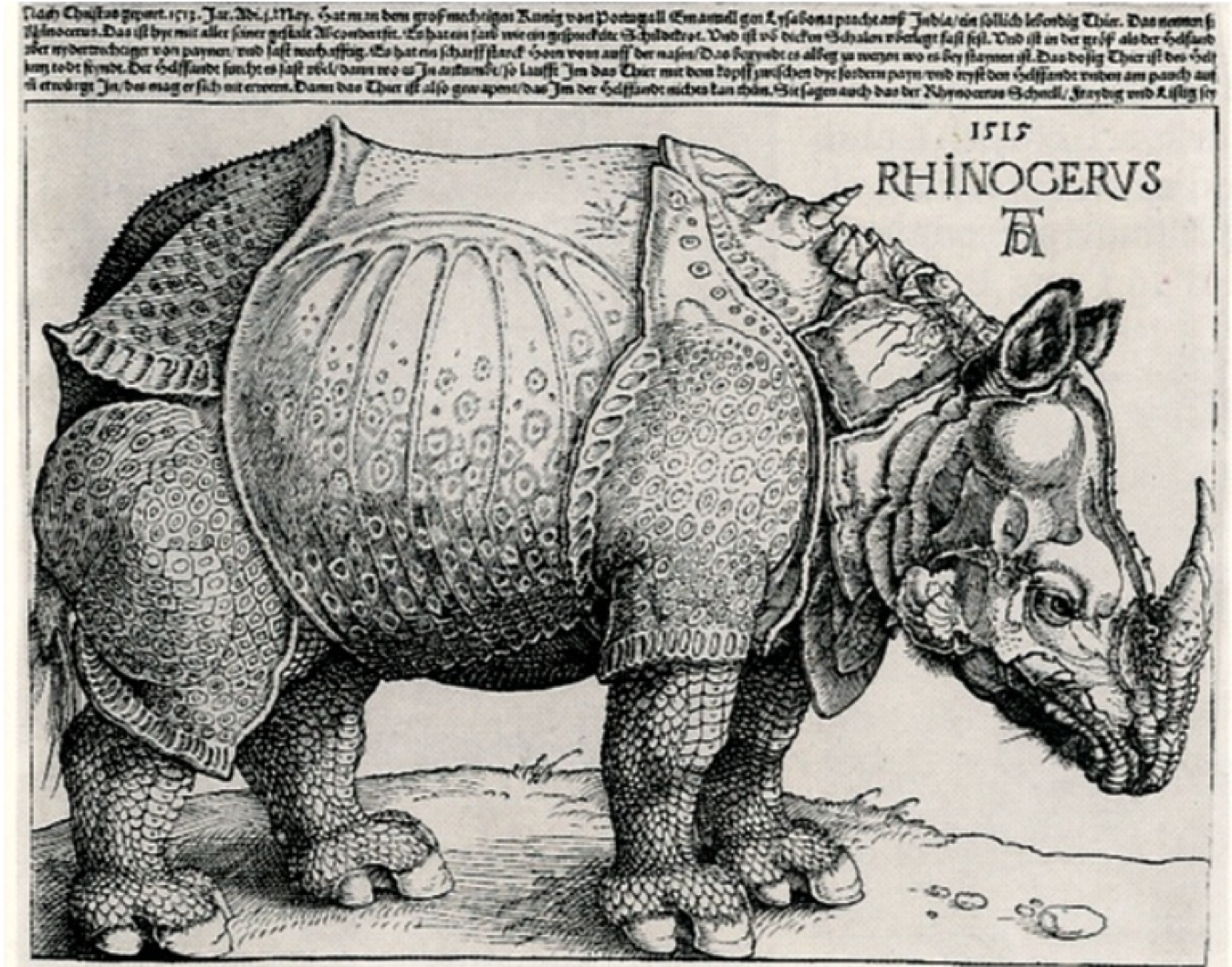
Rhinoceros, Albrecht Durer (German), 1515. Decorative detail and texture.

Utaemon III in the Role of a Samurai, Shunkosai Hokushu, 1825.
Line contours the shape of face and use of writing as part of the art.

Self-Portrait, Hokusai (Japanese), 1800. Line as description.
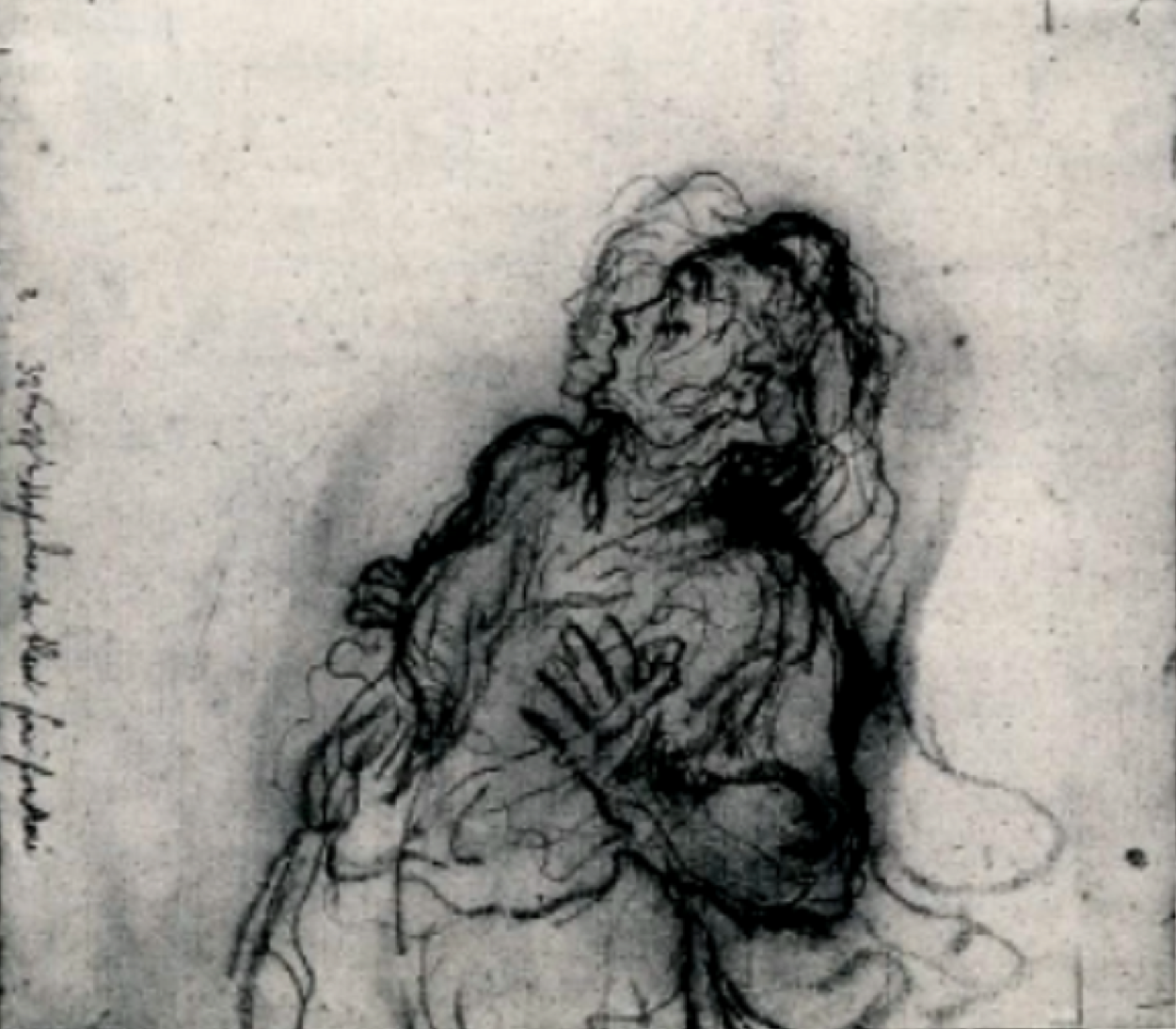
Fright, August Daumier. 19th C. Line shows movement and even emotion.

Cow, Alexander Calder, 1929.
Lines showing shape.
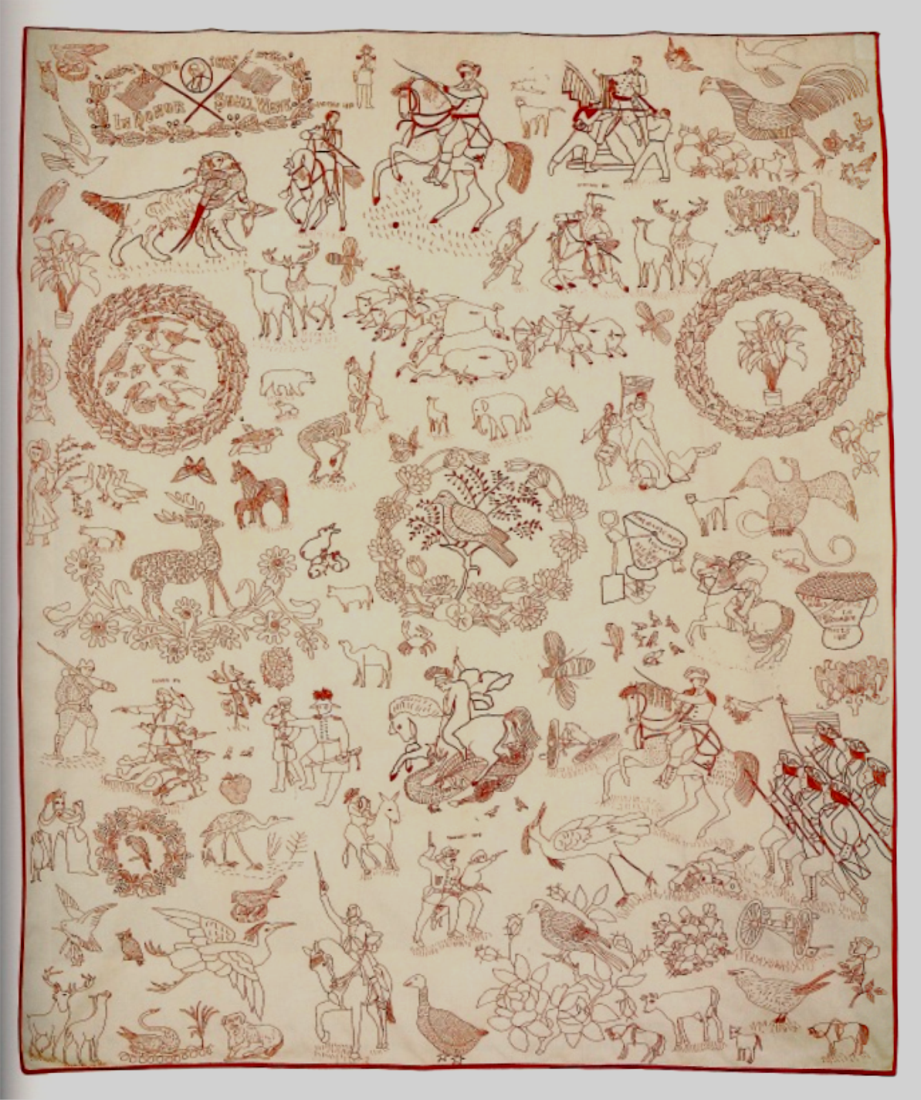
In Honor Shall Wave, Quilt (American), 1902. Art as design and storytelling.

Mausoleum of Sultan Quaitbay, (Mamluk Period), 1472. Art as design.
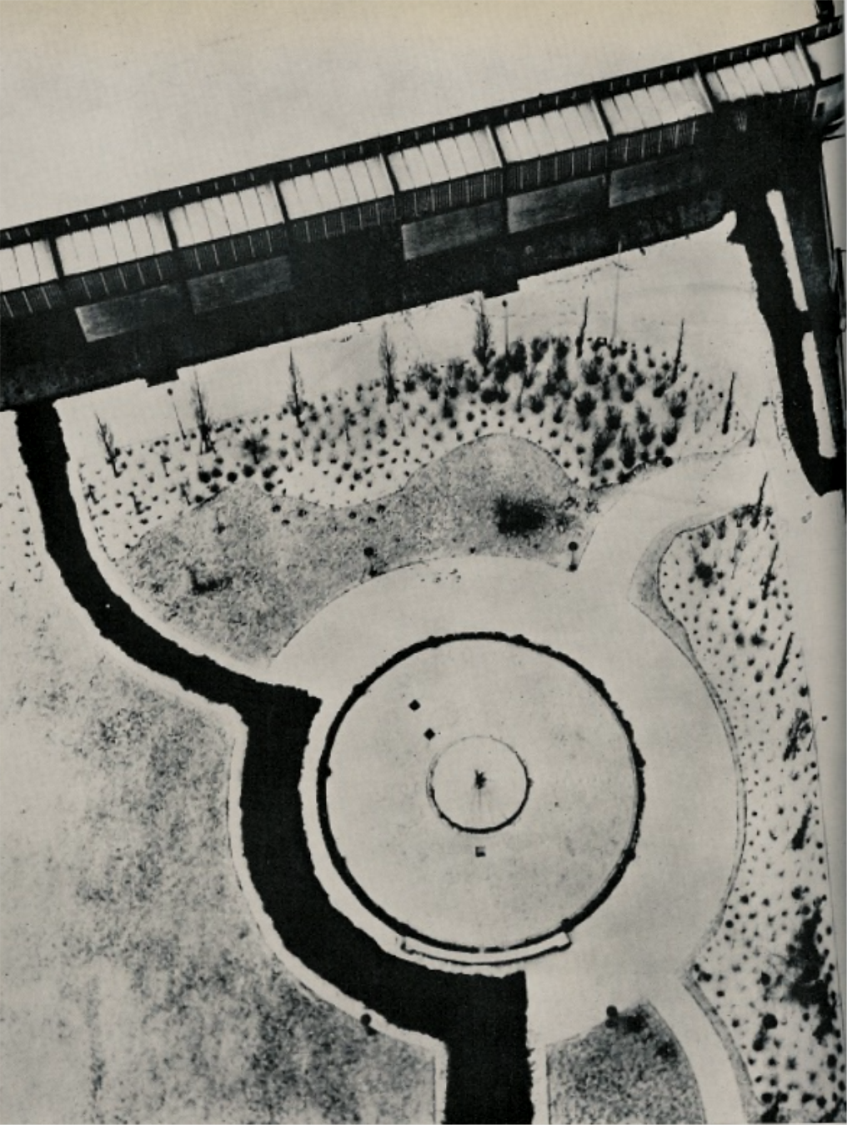
Radio Tower Berlin, Moholy-Nagy (American), 1928. Photograph brings out the design in lines.

Brooklyn Bridge, Sherril V. Schell (American), 1930s. Photograph brings out the pattern in lines.
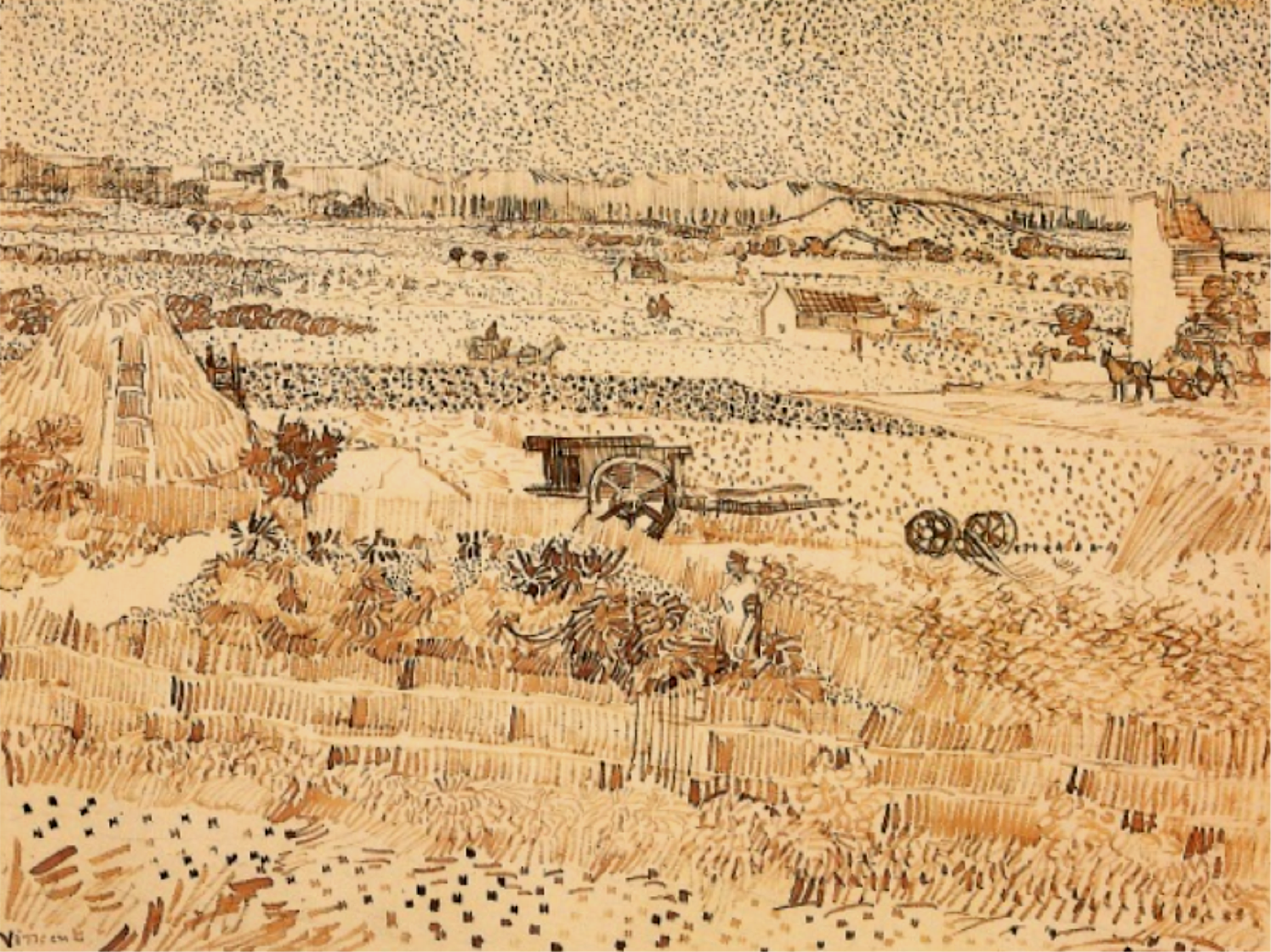
Harvest, Van Gogh, 1888.
Line as texture.
Fueling Success for Every Student, Every School